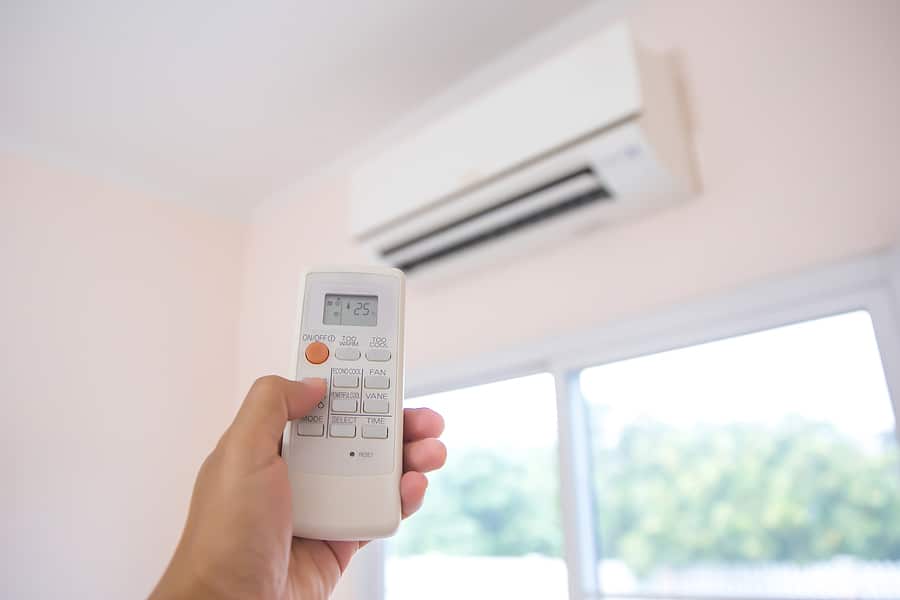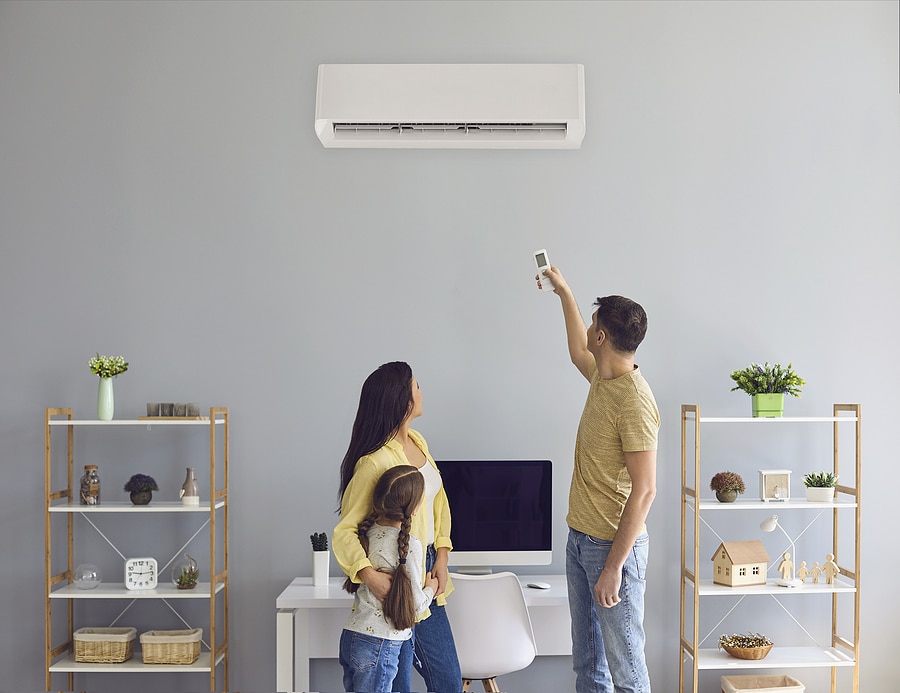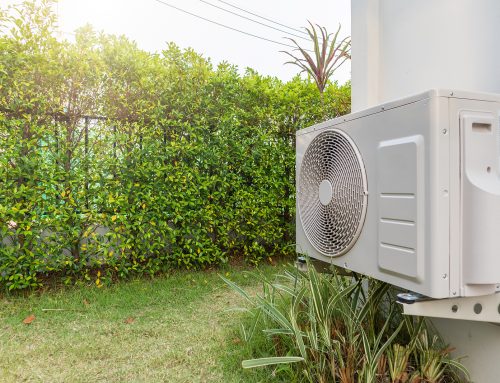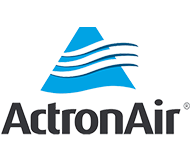As an air conditioner owner, it helps to understand how your system functions.
No matter the type of unit in your home, there may come a time where you ask yourself, “Why isn’t my AC working as it should?”
Before you even get to the point of problems arising, it pays to know a few basic things about your AC unit. Having a general understanding of the most important components will also help you be more aware of how to properly take care of your unit.
This in turn ensures it keeps running as intended; as efficiently and effectively as possible.
Most importantly, you will ensure that the way you’re running it isn’t actually ruining it!
What are your air conditioner’s most important functions?
To better understand the critical parts of an air conditioning unit, you have to know what its main functions are.
An air conditioning unit’s main job is to cool the room (or house) it’s in, but its job also extends to a few other important tasks as well.
In order for it to cool the room, your air conditioner also performs the following functions:
- Regulating room air temperature via an air conditioner thermostat
- Removing airborne particulates circulating in the air by the AC’s onboard filter
- Dehumidify the room – with temperature being a key factor of relative humidity, temperature is reduced by converting a volume of it into moisture which then drains out of your air conditioners, especially on very humid days
Meanwhile, split system air conditioning has some additional functions. These units typically have two parts: the inside unit and the outside unit.
What are the main components of your air conditioner?
Following the main functions of your air conditioner, the next vital thing to learn about are the main components.
To simplify, there are four main parts that are essential to learn about: condenser, compressor, the evaporator, and lastly, the expansion valve.
The fan, the blower and the air filter and the thermostat are also worth learning about.
Let’s take a closer look at each below.
1. Evaporator
Located in the “cold” side of the air conditioner (the indoor unit) near the air outlet, the evaporator’s main purpose is to turn liquid refrigerant into gas.
Paired with a fan responsible for blowing hot air into the chilled coils, the gas then absorbs all the heat from the air and takes it into the condenser, resulting in cooled, dehumidified air.
Make sure to conduct an annual maintenance check for mould and mildew that could occur due to condensation on your evaporator. Left unchecked, mould can seriously affect the rest of your HVAC system, as well as your family’s health.
2. Condenser
On the “hot” side of the air conditioner (the outdoor unit) is the condenser.
This is the counterpart and the outdoor equivalent of the evaporator core which expels heat collected from the room back outside.
Once the refrigerant is condensed back into its liquid form, it circulates back to start another cycle of heat collection in the evaporator.
3. Compressor
The main function of the compressor is to work with the condenser to turn the refrigerant back to liquid.
Located on the hot side of the AC along with the condenser, this big electric pump does this by pressurising the refrigerant gas.
4. Expansion valve
The expansion valve works with the evaporator, but is usually located in between the evaporator and condenser.
Its job is to regulate how much liquid refrigerant is moving into the evaporator, where it then changes into gas.
The expansion valve helps in regulating the amount of liquid refrigerant that enters the evaporator coil.
It is also responsible for removing pressure in the liquid refrigerant that enters the evaporator, making it easy to convert the liquid refrigerant into gas.

Other important components include:
Blower
Air flowing from supply registers is the work of the blower.
The blower is the component, which works with the furnace, making air flow from the supply register possible. The blower circulates cooled air and then pulls room-temperature air back for re-cooling.
Fan
As the condenser becomes very hot due to all the hot refrigerant running through it, the job of the fan is to draw the heat away and ensure the unit doesn’t overheat.
Air filter
The air collected in an air conditioner naturally pulls dust particles along with it.
To prevent damage to the interior, air filters prevent dust from collecting inside the AC unit.
A good air filter also ensures that you enjoy clean, pure air in your home.
Thermostat
Thermostats are part of the outside system of an AC.
Through a set of wires, thermostats are connected directly to the HVAC system. Sometimes there is more than one thermostat for different zones of the building. Most modern thermostats are energy efficient as well as programmable.
Programmable thermostats settings can easily be set up according to needs and preferences and switched on and off at specific times via a smartphone, tablet or computer.
Familiarising yourself with the vital parts of your air conditioning unit and how it works is beneficial to having an air conditioning unit that runs smoothly.
After all, your air conditioner is an investment that you’ll want to keep running in top condition for years to come.
Having an understanding of the main parts and their functions will help you identify which problems need to be addressed quickly by an experienced air conditioning repair team or what type of maintenance you may need every year.
If you suspect that your air conditioning unit isn’t functioning correctly, always be sure to call an air conditioning service expert.
Don’t attempt to perform repairs on your own. Doing so when you don’t have expert knowledge might result in more serious damage to your unit, or injury.
If you are in the Brisbane area, do not hesitate to call Tri-Tech’s friendly team on (07) 3394 0222 or tell us a little about the issues you’re experiencing when you contact us online!










